
And as much as I appreciate what they do with the utmost respect, they all start to look the same after awhile. Even though I’ve seen everything from whiskey to vodka to gin come off the still, I had yet to experience a tequila distillery in action. So when I got the invitation to visit Hacienda Patrón, I jumped at the chance to dig deep into how the agave spirit is made.

Hacienda Patrón
Hacienda Patrón is a sprawling estate that houses both the brand’s distillery and invitation-only, five-star hotel La Casona. The accommodations are luxury living at its finest. Twenty guest rooms boast ceilings that soar higher than 30 feet, and the beds are five inches larger than a typical king-sized bed. A box of Patrón-spiked chocolates awaits you when you arrive, and turndown service greets you after last call at the bar. Speaking of the bar, Hacienda Patrón’s is stocked with the entire brand line, and features a menu of 14 cocktails—all expertly created by resident bartender Oskar Murillo—that changes seasonally. If you don’t see something on the menu that tickles your fancy, Murillo will create a custom cocktail just for you.

Custom Cocktail by Oskar Murillo
For a brand that is as big and successful as Patrón, people assume that its products are mass-produced. But in fact, only one part of Patrón’s process is automated, and that’s actually getting the liquid into bottles. Everything else—from harvesting the agave to labeling the bottles—is done by hand. And when you see it in person, it’s one of the most impressive operations you’ll ever witness.
While it’s striking to see such a large company doing so much by hand, what’s even more impressive is Patrón’s dedication to sustainability, for both the environment and local community. As we learned about the tequila distilling process, we also discovered how Patrón is pioneering sustainability efforts across the industry. These are the five ways the distillery is doing it so well.
It Employs and Support the People of Atotonilco El Alto
Patrón’s distillery is located in the municipality of Atotonilco El Alto in Jalisco, which is made up of 112 towns that are home to more than 51,000 people. Because Patrón does almost everything by hand, it employs 1,600 people from the area. And it seems like a great place to work: Patrón offers flexible work hours, along with free employee transportation to and from the distillery every day for anyone who needs it, and invites teachers and provides classrooms for employees who are interested in advancing their studies. Patrón also partners with local universities to reduce costs for employees who are interested continuing their education.

Chopping the Pinas
Safety is a huge priority for Patrón. Chopping up the agave piñas is hard work, and requires a very sharp, long-handled tool to do so. Learning to do this task requires intensive training as well as heavy-duty protective gear that is strapped to the shins. Producing great tequila is a science at Patrón, so you’ll see a few different laboratories as you’re walking through the distillery halls. But Patrón’s not just testing the tequila. As we walked through the employee cafeteria, our guide mentioned that even the food being served is tested to make sure it meets the company’s rigorous safety standards.

Bottling Line
The bottling line is probably the most impressive sight at Hacienda Patrón. Everything at the distillery, except for filling the bottles with liquid, is done by hand. So this means hundreds of employees are working to label, number, wrap, and box every single bottle. Even over the noisy hum of the bottling conveyor belt, energetic employee chatter can be heard as boisterous music plays over the speakers. Whichever line is the fastest at the end of a shift gets to pick the music for the next workday.
It’s Taken Steps to Reduce its Environmental Impact
When it comes to sustainability, Patrón has a lot of firsts under its belt. It was the first distillery to install a natural gas pipeline, which acts as its main energy source and helps reduce CO2 emissions in the atmosphere. It was also the first distillery to implement a state-of-the-art, reverse osmosis water treatment system that recovers up to 70 percent of the usable water from stillage, a liquid byproduct of the distilling. This water is used throughout Hacienda Patrón for things like cleaning, watering the gardens, and running the cooling towers. Guests of La Casona are encouraged to help with water conservation efforts, too. When Patrón realized how many plastic bottles it was going through by providing drinking water for visitors, it placed a reusable water bottle in every room that could be refilled at hydration stations throughout the Hacienda grounds. The distillery also utilizes acoustic screens around its cooling towers to keep noise pollution at a minimum for the surrounding community.

Tahona
It Considers Compost Tequila’s Best Friend
After the agave piñas are roasted, they are crushed using one of two methods: a large volcanic stone wheel called a tahona, or a more modern roller mill. These extract the juice from the agave, which is then fermented and distilled into tequila. Instead of throwing away the remaining fiber, which could pollute the local land and water supply, Patrón mixes it with concentrated stillage to create a nutrient-dense compost. Every year, more than 22,000 tons of agave byproduct is transformed into 5,500 tons of compost.

Garden
Patrón uses this compost to grow produce in its garden, which is used to feed Hacienda visitors and employees. It’s also free for employees to take home and use in their own gardens. Also, if a smaller neighboring tequila distillery drops off a truckload of agave fiber, Patrón will fill its truck with compost at no extra charge.
It Plants Trees
Planting a tree is just about the best thing that anyone can do for the environment, and Patrón has planted thousands of them. To help preserve the land in its local community of Atotonilco El Alto, the company has reforested and donated about 16,000 trees. That’s a whole lot of fresh air to enjoy.

Agave
It Puts Agave on a Pedestal
To be considered tequila, the spirit has to be made from 100 percent Blue Weber agave. Agave is a very special plant. It’s part of the lily family and takes about seven years to mature. Once agave is harvested, it doesn’t grow back. A new sapling has to be planted and matured again for seven years.

Harvesting Agave
It takes special skill to harvest an agave plant. Jimadors are trained to find and reap only mature agave plants that have a high enough sugar content for tequila production. They use a sharp tool called a coa to strip away the leaves of the agave to uncover the heart, or piña. The coa’s blade has to be sharpened before cutting each individual plant.
Because there would be no tequila without agave, Patrón is leading the charge to ensure the plant’s sustainability for the entire industry. It’s funding a top agricultural research center in Mexico so it can better understand Blue Weber to safeguard its future.
Patrón doesn’t have its own agave fields—it leaves the growing and harvesting up to families who have generations of experience farming the plants. Because Patrón offers the highest price for agave on the market, it’s able to select the absolute best plants to produce its tequila. It’s also the first and only distillery that guarantees a minimum price to its farmers. This means that even when agave is at a surplus and prices are low, growers are guaranteed a profit.
The post 5 Ways Patrón is Pioneering Sustainability in the Tequila Industry appeared first on Chilled Magazine.
Source: Mixology News




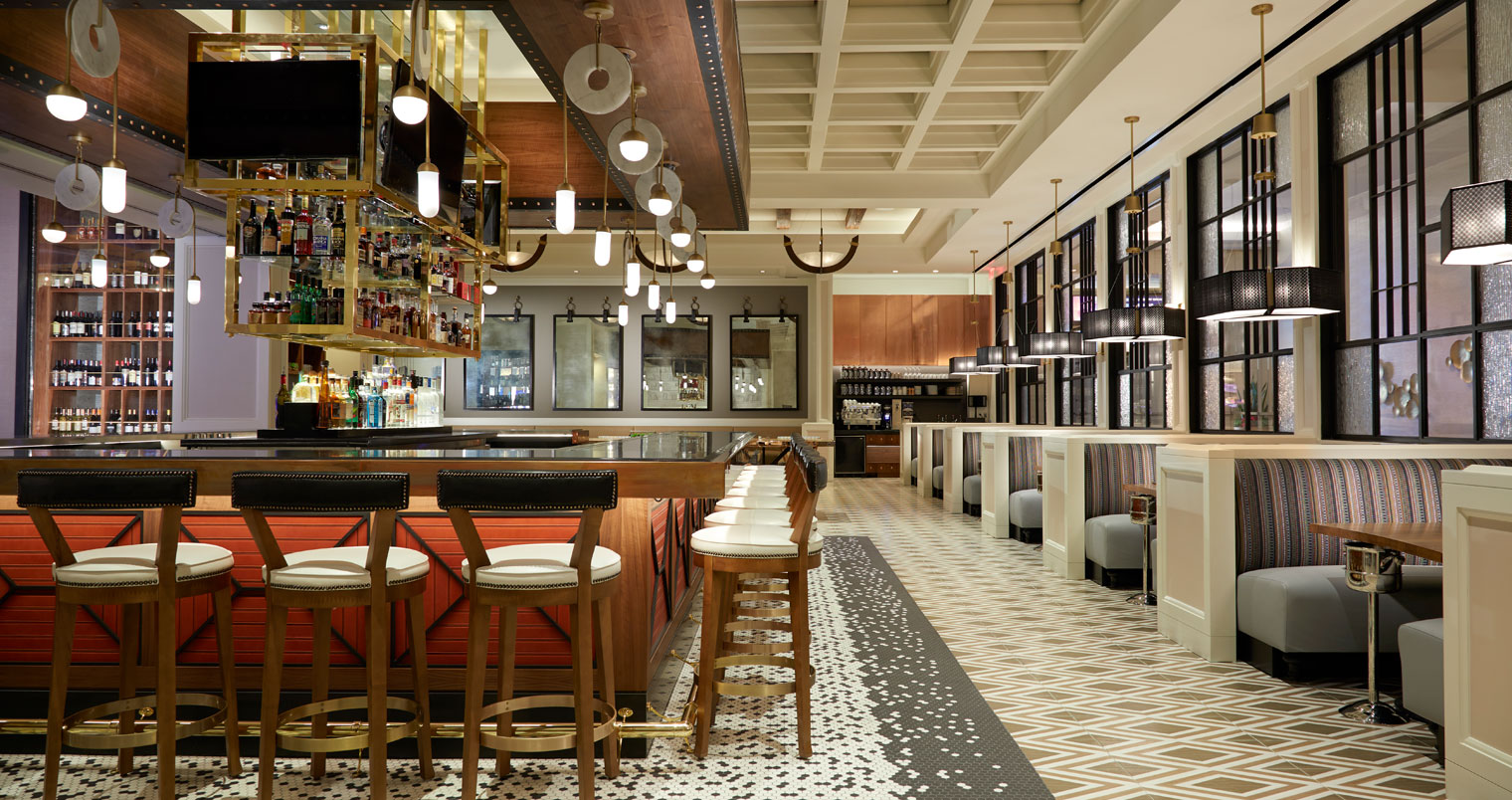




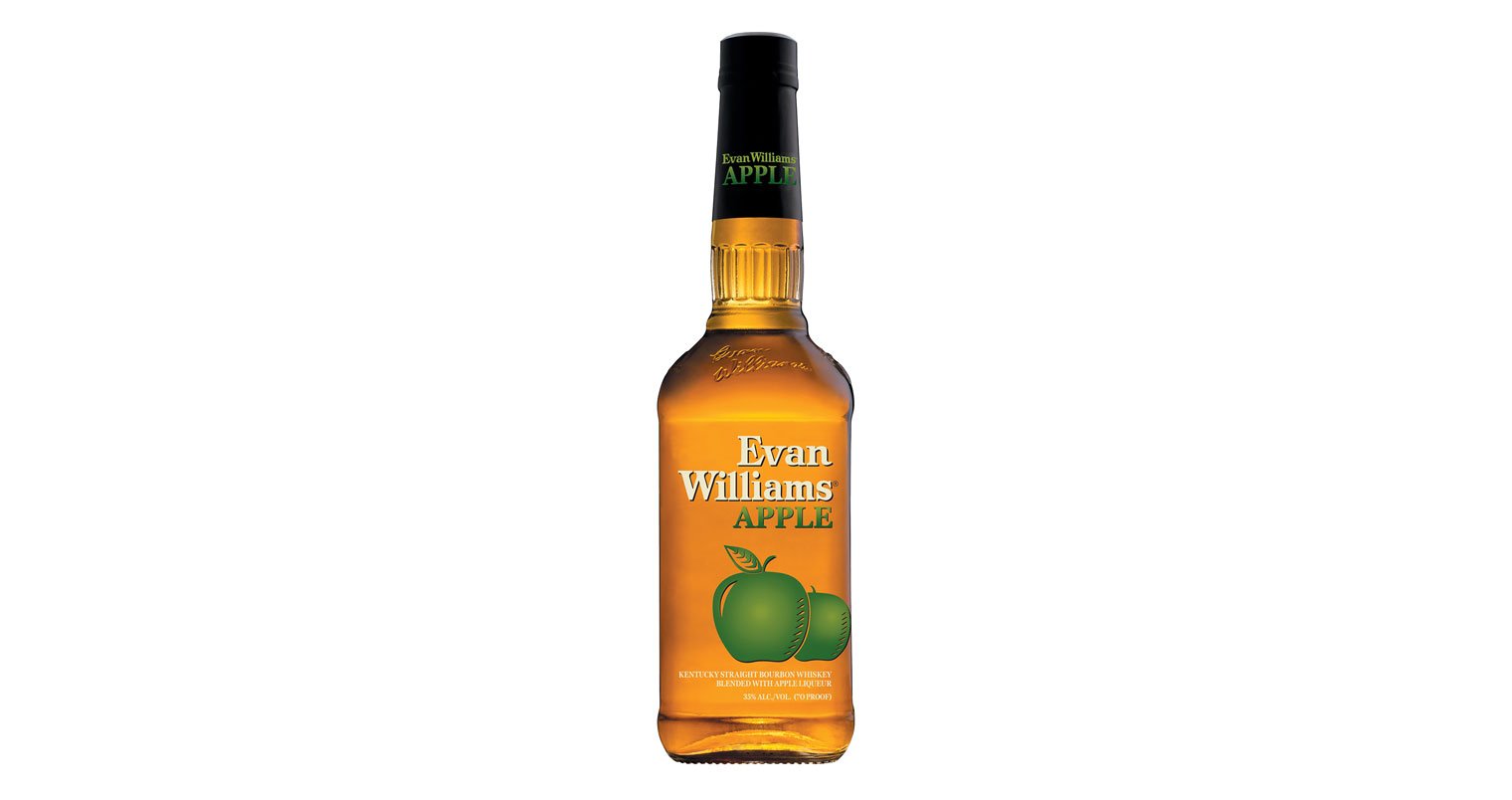


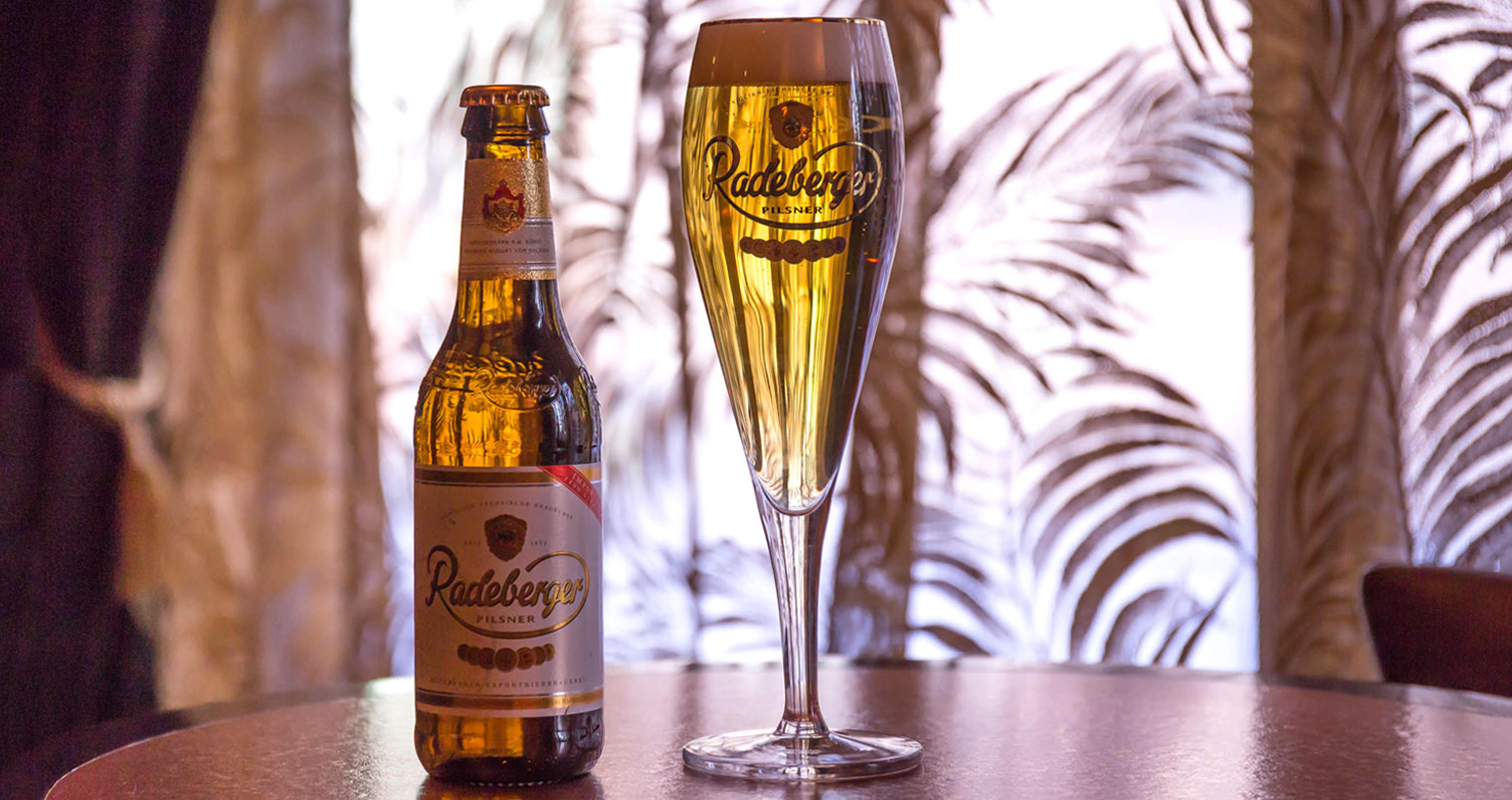












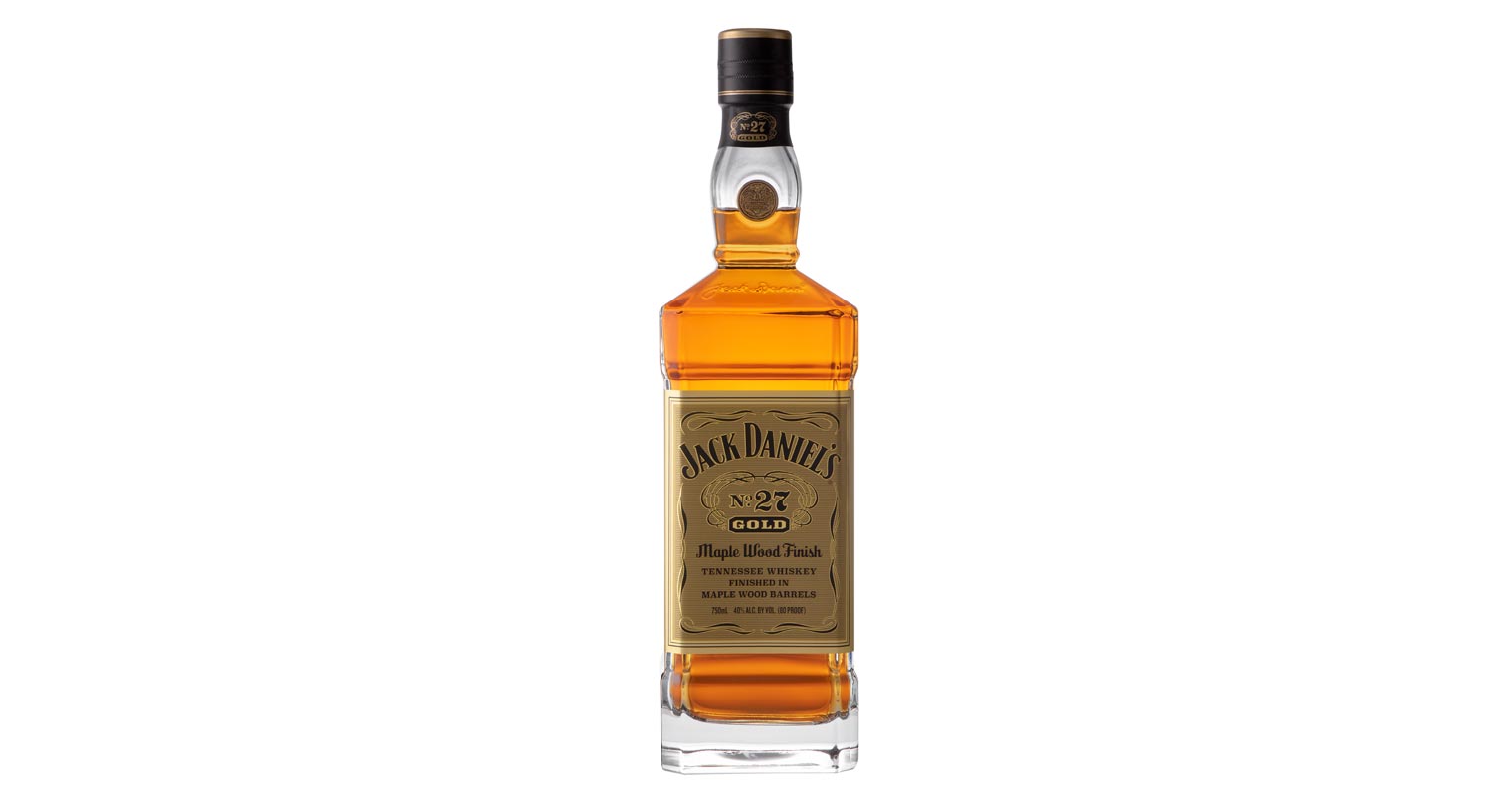


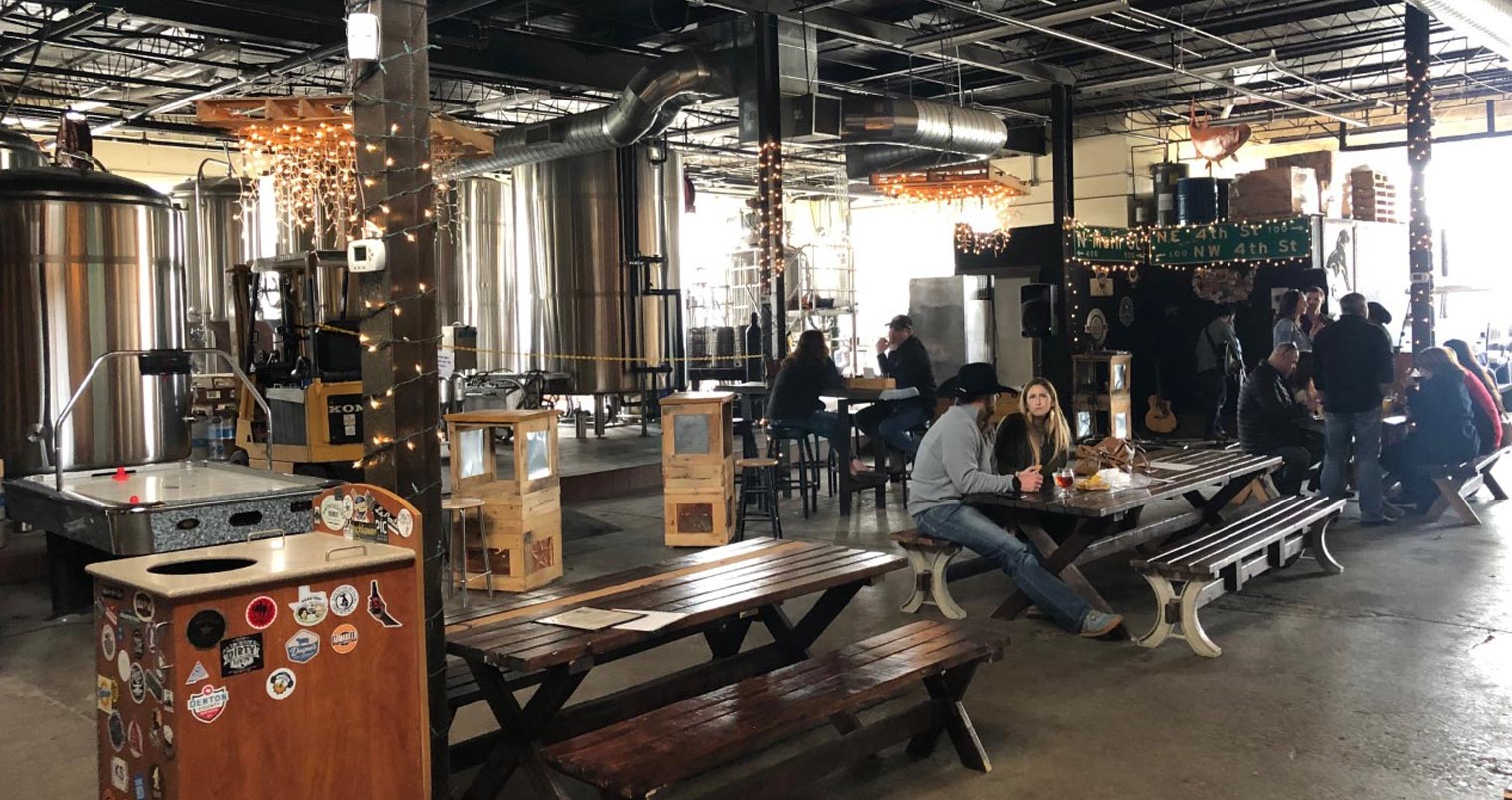



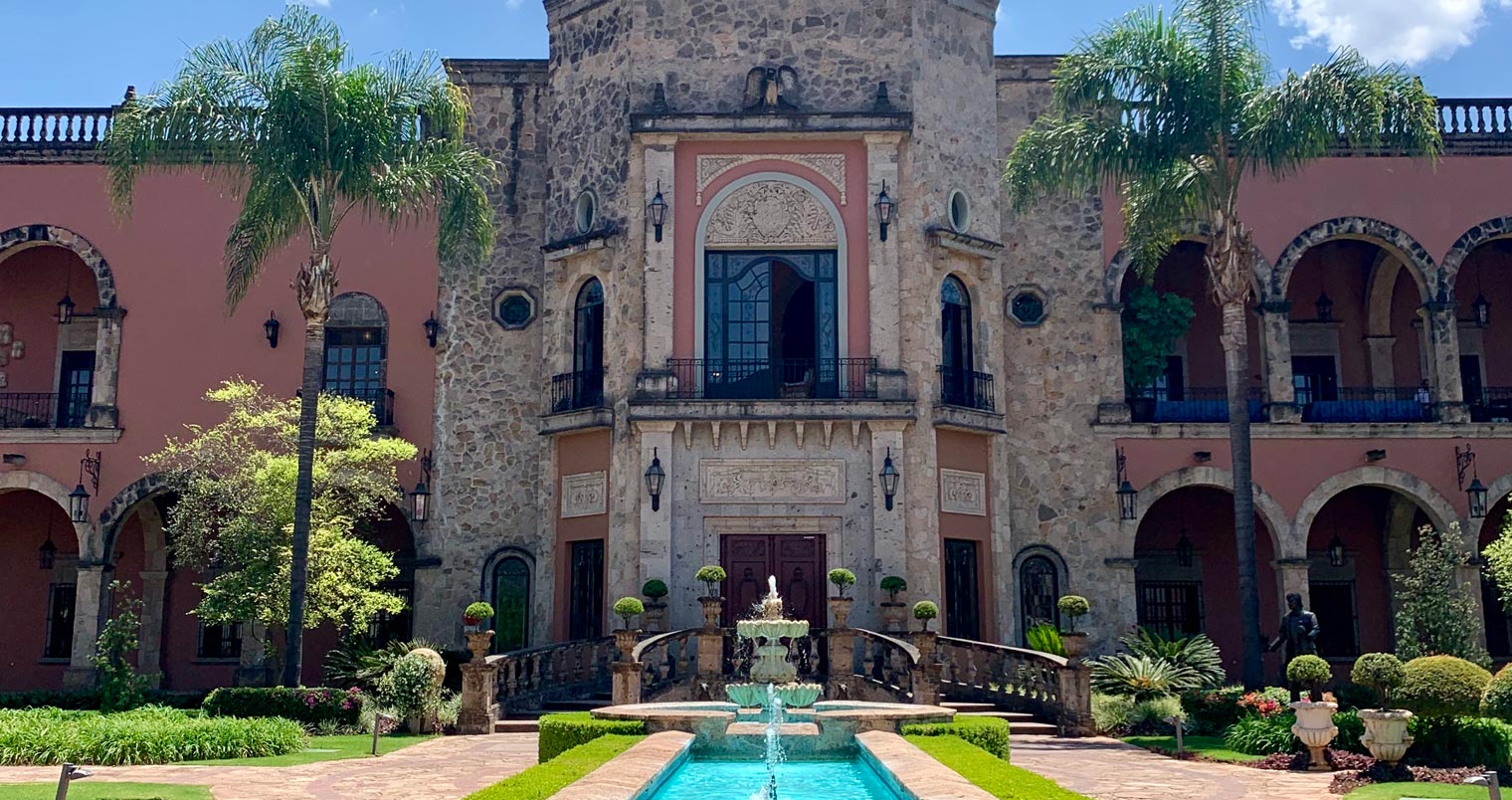









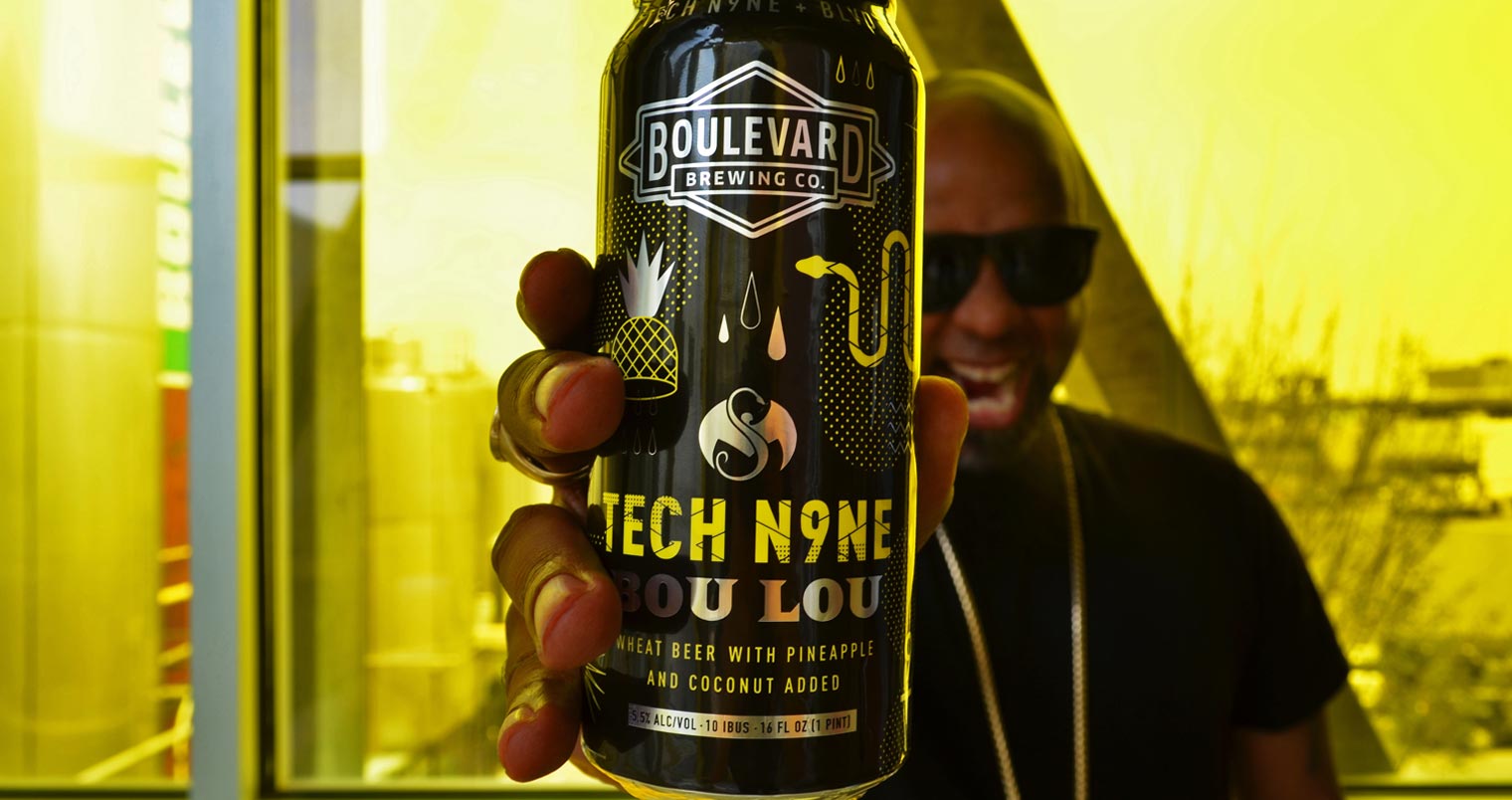


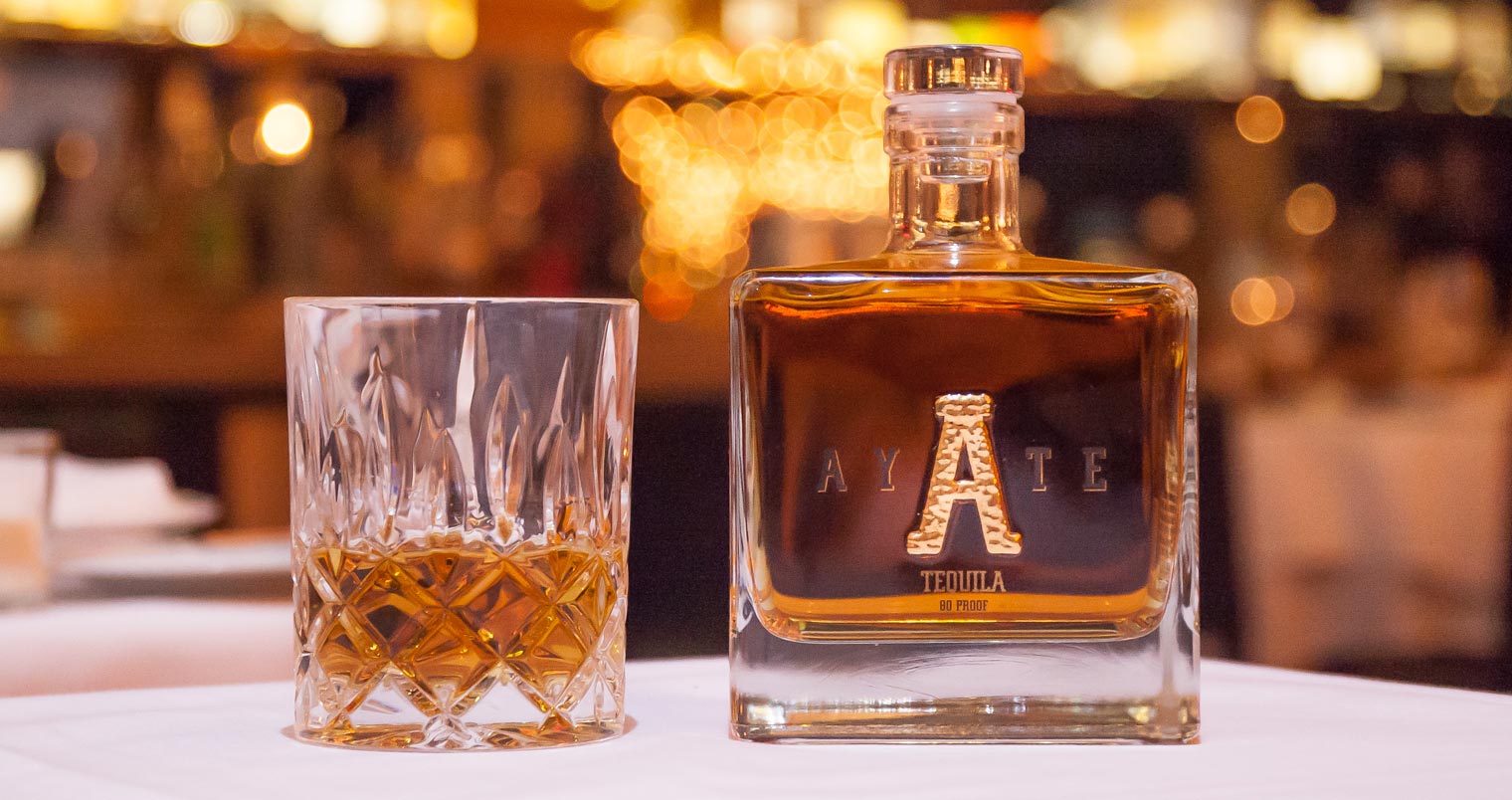




Recent Comments